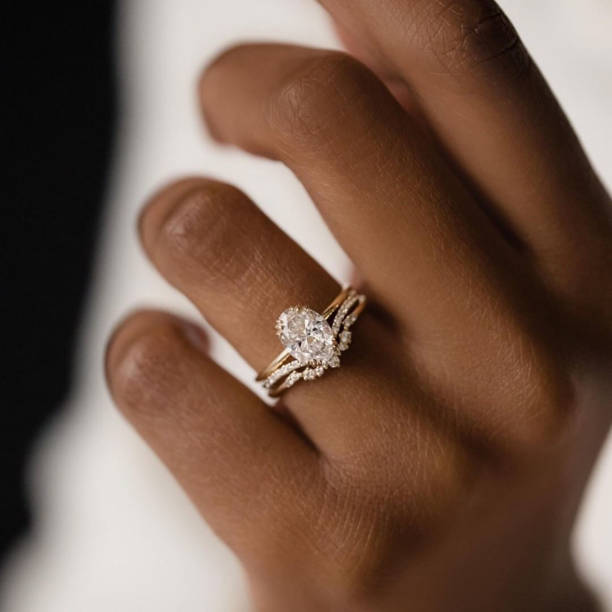Why Gem Collectors Seek the Star Ruby Stone All Entries

Star rubies get their name from the star-like image that appears on them due to light reflection. They are among the rarest gems on earth. Since every star ruby is incredibly unique, it's very difficult to find matching stones. Here are other reasons why gem collectors treasure the star ruby stone.
How Star Rubies Get Their Shine
Rubies belong to the corundum mineral family, which includes sapphires. A star ruby stone is a ruby with a three-point or six-point asterism shaped like a star. In other words, a shiny star shape appears within the stone. This shape occurs when small fibers of rutile display light reflecting off of the stone's impurities on curved surfaces.
Treated gems of this type are cut into cabochons to enhance the star effect. Only about one percent of rough corundums display a star shape within the stone's color. The main source of rubies has been Myanmar aka Burma, but this region no longer produces such gems, making star rubies even more rare precious gems.
Star Rubies vs Star Sapphires
The only difference between a ruby and a sapphire is the color. Both gems are made of the same material, corundum, which is composed of aluminum and oxygen. While reddish corundums are called rubies, blueish corundums are called sapphires, which also account for yellow and other colored corundums.
Rubies gets their red color from the presence of chromium in the mineral. If a corundum has no red in it, by default it's a sapphire. It follows that if the gem is purple, that means it contains red and is considered a ruby.
Star sapphires have a similar optical illusion as star rubies, except they commonly shine over a blue background. Other colored versions of star sapphires such as yellow and green are much more rare. One of the world's most famous gemstones is the Star of India Sapphire located at the American Museum of Natural History in New York. It's large and blue with a star in the center. Ancient Persians referred to sapphires as "gems of heaven."
Quality of the Star Pattern
Both star rubies and star sapphires are rare and expensive. Rubies generally tend to be more valuable, but star sapphires are more rare than star rubies and can potentially hold higher value. The star effect on the corundum is not static, as it changes with angle positioning and the direction of lighting. The rarest star corundum has a 12-point star.
Star rubies and star sapphires are graded the same way as other gemstones based on the 4Cs: color, clarity, cut and carat weight. But an extra criterian exists for evaluating gems with star-like features. It involves the cut allowing the star to be centered. The more centered the star is, the more it can project a 3D effect of the star needles.
Ideally, the star is not only centered, but has six even arms and displays strongly instead of faintly on a curved surface. When the star moves, it should do so smoothly. The gem needs a certain type and number of inclusions (or imperfections) for the star to be visible. Rubies can be heated to make stars more visible without being considered synthetic, but most natural star rubies on the market are unheated.
Conclusion
Are you looking for a sensational and valuable gemstone that puts you in a class of elite jewelry collectors? Owning a star ruby stone can make it happen. Contact us at Ralph Mueller & Associates for more information on star rubies and other beautfiul gems.